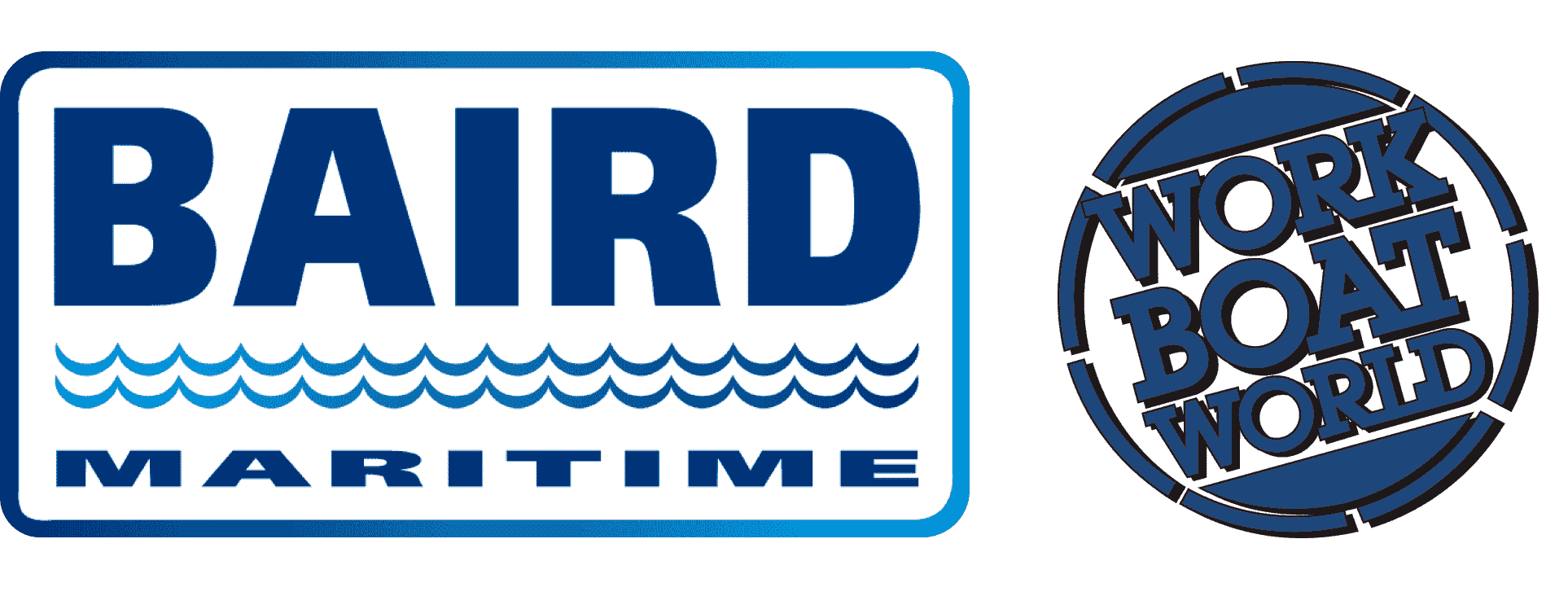Vineyard Wind receives authorisation for tower and nacelle installation following turbine blade mishap
US offshore wind farm operator Vineyard Wind and GE Vernova have begun executing controlled cutting activities on turbine AW-38, substantially reducing the amount of the damaged blade that presents a risk for additional debris falling into the ocean off the coast of Massachusetts.
Additionally, the Bureau of Safety and Environmental Enforcement (BSEE) has issued an updated suspension order that enables Vineyard Wind to resume certain limited additional activities, including the installation of towers and nacelles – components not associated with the blade event that occurred on July 13, 2024. The updated suspension order does not enable further blade installation or power production at this time.
The controlled cutting operations, which took place on Sunday, August 11, and Monday, August 12, have removed a substantial amount of the remaining portions of the damaged blade that pose a risk for further debris falling into the ocean.
During the operations, Vineyard Wind and GE Vernova mobilised maritime crews on multiple vessels nearby to secure as much debris as possible for immediate containment and removal, as well as land-based crews managing debris recovery.
Vineyard Wind and GE Vernova are currently assessing next steps to complete any additional cutting necessary at the earliest opportunity; secure and remove the debris on the turbine platform; remove the blade root; and address the debris on the seabed.
The updated suspension order is the result of extensive consultation with the Federal Interagency and third-party experts to ensure these future steps uphold the highest safety and engineering standards. The order follows thousands of hours devoted to the plan’s development, review, and testing, including evaluation against all other alternatives to arrive at the best, safest approach for a successful operation.
In advance of issuing the updated order, BSEE examined relevant records and information, including an independent structural load analysis by DNV, a certified verification agent (CVA). The CVA is an impartial third party that must, by law, undergo screening and approval by BSEE to evaluate and vouch for the facility's adequacy.
Following examination of that analysis, BSEE concluded Vineyard Wind could safely proceed with tower and nacelle installation.
A barge has departed the New Bedford Marine Commerce Terminal carrying turbine components including several tower sections and one nacelle for transportation to the Vineyard Wind offshore site.
The vessel will also carry a rack of three blades solely for the purpose of ensuring safe and balanced composition for the transport. The blades will not be installed offshore at this time, and will be returned by the barge to the New Bedford Marine Commerce Terminal later in the week.


